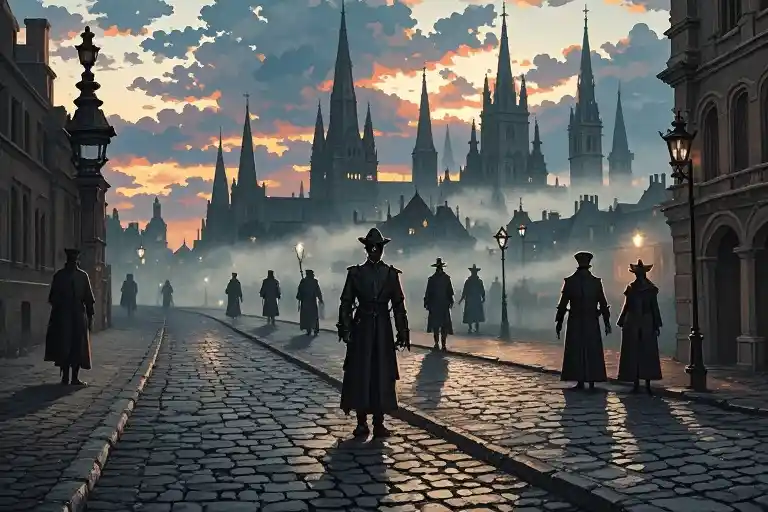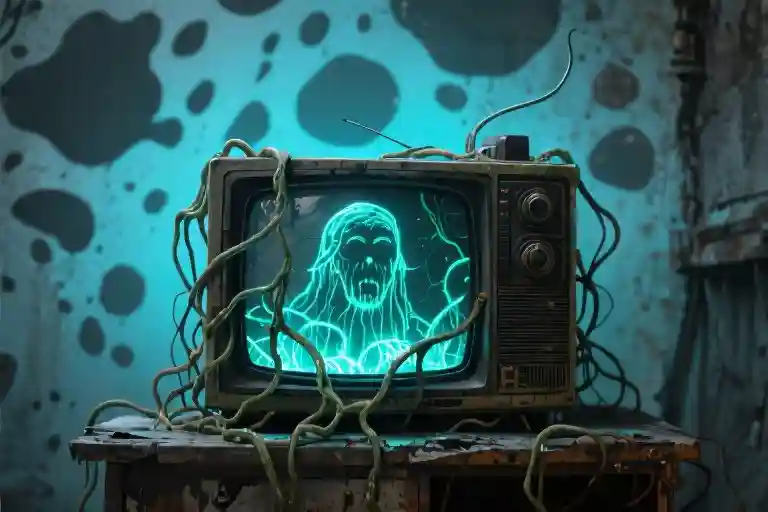Let’s be honest—Nosferatu left me deliciously disoriented. I didn’t just watch Robert Eggers’ vampire opus; I tumbled into its fever-dream logic like a Bloodborne newbie blundering into Yharnam’s first alleyway. If you’ve ever rage-quit a Souls game only to reload minutes later, you’ll recognize this masochistic allure. Eggers and FromSoftware’s Hidetaka Miyazaki are kindred spirits—architects of worlds where beauty festers in the shadows, and comprehension comes only after repeated beatings.
1. The Aesthetics of Suffering
Visual Poetry in Rot
Eggers’ Nosferatu isn’t a story—it’s a sensory assault. The Count’s fingers don’t merely grasp; they putrefy mid-air, as if borrowed from Bloodborne’s corpse-laden Chalice Dungeons. Every frame feels like prying open a Victorian locket to find a still-beating heart inside. Miyazaki’s games thrive on this same grotesque elegance: think Lady Maria’s blood-flower boss arena or the Orphan of Kos’s bioluminescent horror.
Why Pain Feels Sacred
Both creators weaponize incompleteness. Just as Bloodborne’s lore hides in item descriptions, Nosferatu’s terror lives in what’s not shown—the way Willem Dafoe’s hunter grins with missing teeth, or how moonlight slithers across walls like the game’s Great Ones whispering secrets. It’s art that demands you lean into the abyss.
2. You Are the Archaeologist
Decoding the Unspoken
Remember scouring Bloodborne’s Paleblood Hunt fan theories? Nosferatu invites similar obsession. Eggers plants clues like Miyazaki’s illusory walls:
- The Count’s shadow doesn’t obey physics—it haunts the scenery like The One Reborn’s corpse-rain.
- Lily-Rose Depp’s Mina mirrors Bloodborne’s Iosefka—both women reshaped by forces they never chose.
Fail, Die, Repeat
“Gitting gud” at Souls games mirrors enduring Nosferatu’s pacing. Early viewers called it “tedious”; so did critics when Demon’s Souls launched. Yet this rhythm of frustration is the point—like a church bell tolling your rebirth into understanding.
3. When Film Stops Being Film
A Living Nightmare
Eggers dissolves cinema’s rules like Bloodborne’s Hunter’s Dream warps reality. Close-ups distort into fish-eye visions; dialogue drowns in Gregorian chants. It’s less a movie than a playable Eldritch Truth—complete with glitches (that candle flicker at 47:22? Absolutely intentional).
Why Gamers “Get It”
Souls fans are primed for Nosferatu’s language:
- Both use environmental storytelling (a crumbling castle here, a Yharnam street there).
- Both reward attention—spot the Mensis Rune echoes in the Count’s coffin carvings.
The Bittersweet Itch
Here’s the blood vial truth: Nosferatu and Bloodborne are anti-escapism. They’re for those who crave art that claws at your subconscious long after the credits roll—or the controller’s thrown.




